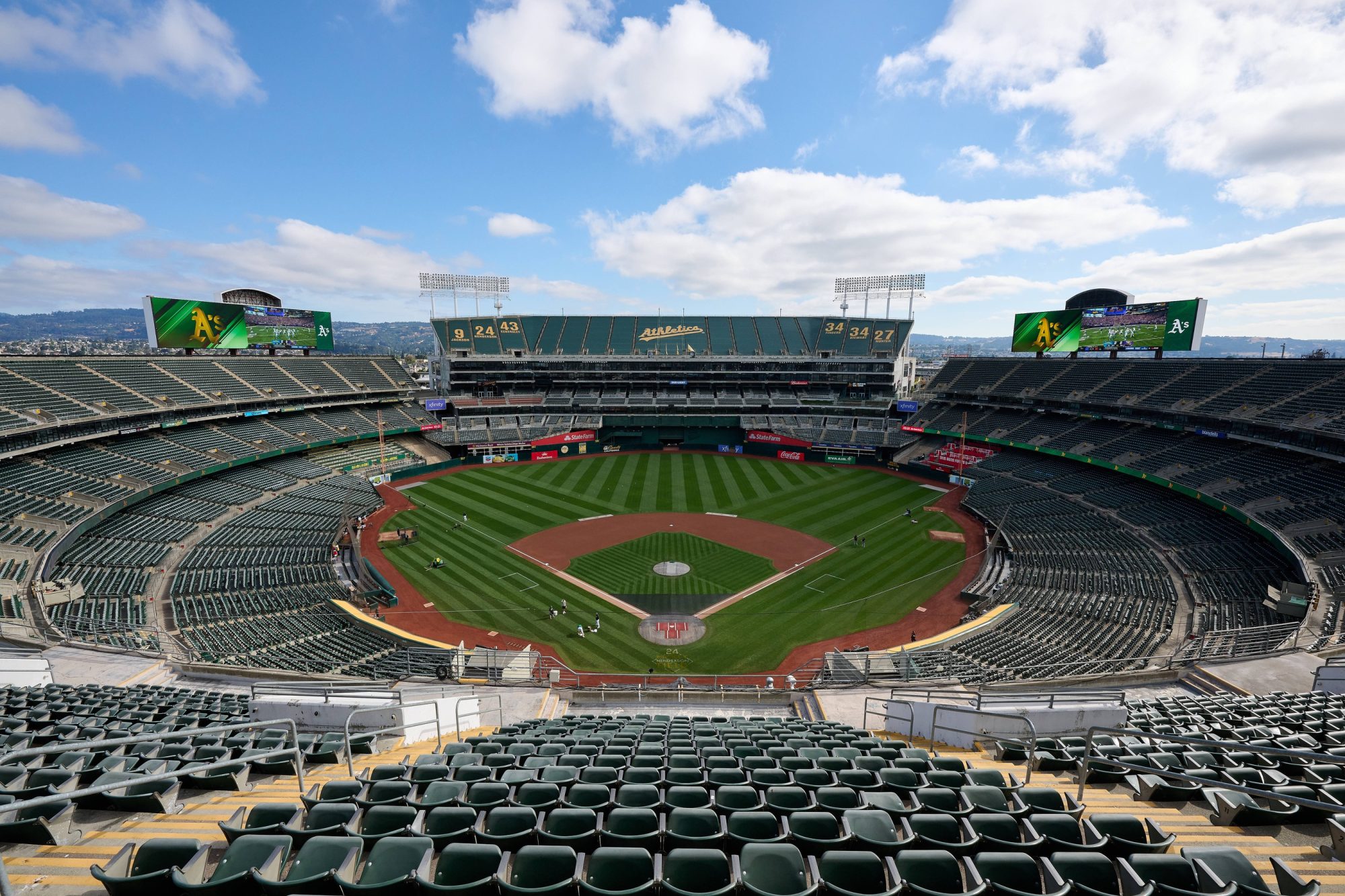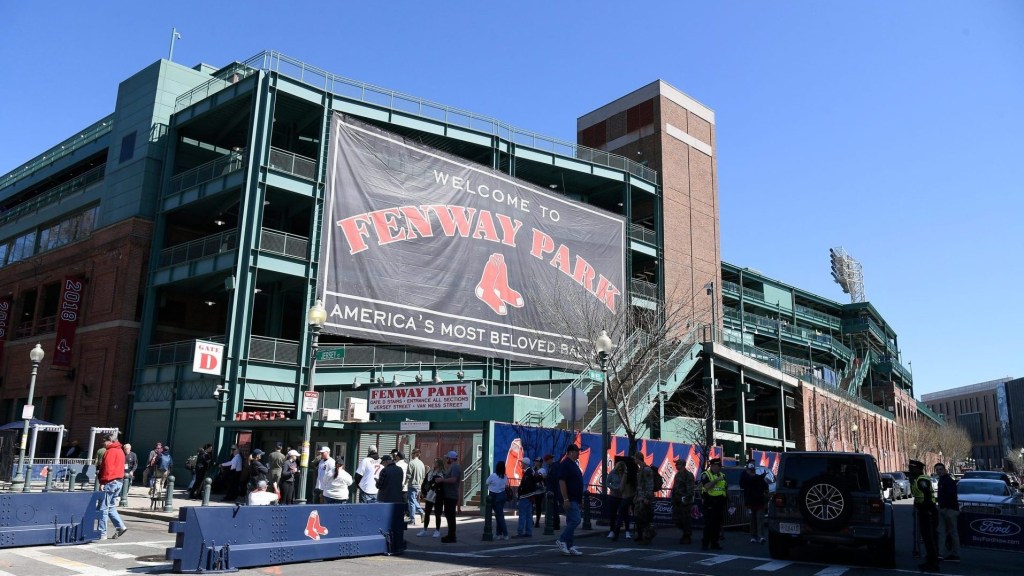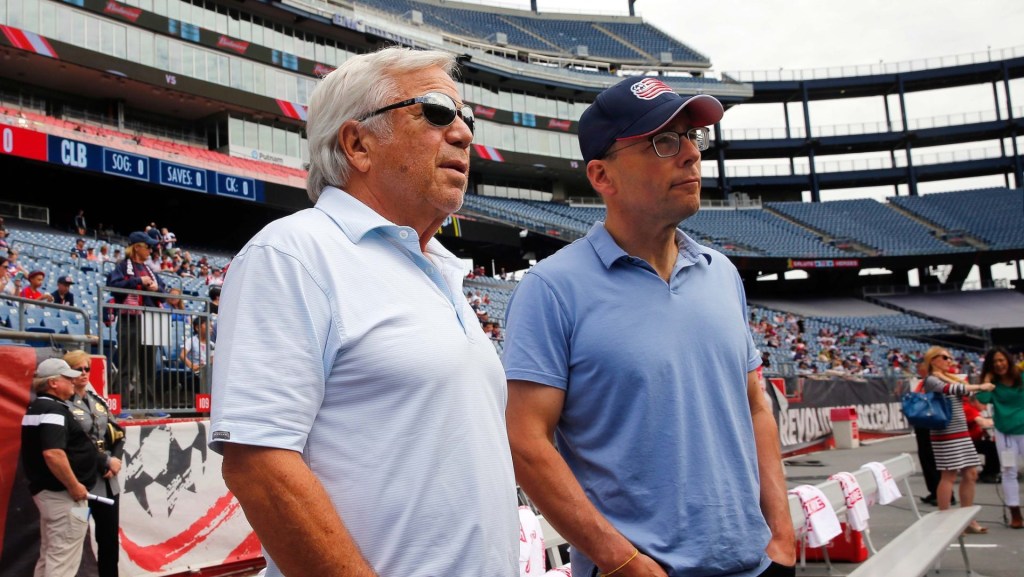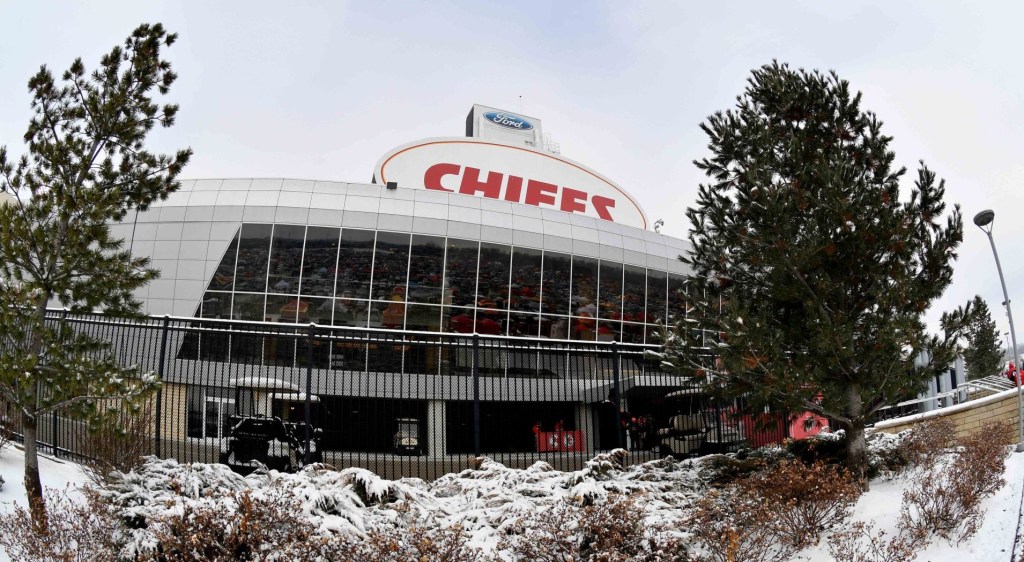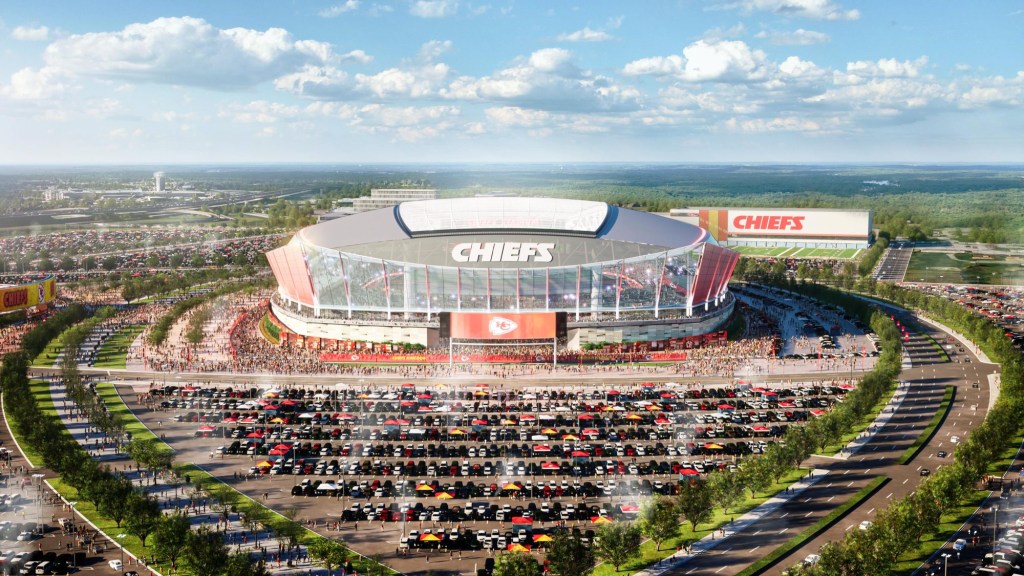There is arguably no bigger story—or at least no bigger question—in MLB to start 2024 than what’s going to happen in ’25.
For months, the question of where the A’s will play during the 2025 through ’27 seasons before a new Las Vegas stadium is due to open has vexed team and league officials alike, with the situation carrying a deeply complex mix of facility, media, labor relations, municipal, and scheduling considerations. Both league commissioner Rob Manfred and MLB Players Association executive director Tony Clark have admitted to the rising urgency of the situation. Manfred said following recent owners meetings in Florida that “we need to get at it.” While continuing his tour of spring training camps, Clark told the San Francisco Chronicle, “It needs to get done.”
A decision is due by the summer, when the 2025 schedule is expected to be released. But numerous parties beyond MLB and the union are pressing for an answer sooner than that, and a final choice could be arriving in a matter of weeks. What we know for certain, per Manfred, is that the temporary home of the A’s will be “someplace in the West.” A rundown of the leading options, in order of most likely to least likely:
Oakland
A once-unthinkable prospect has dramatically returned to prominence with team and city officials resuming talks about a potential lease extension at the Oakland Coliseum (above).
- Pros: Staying in the market would preserve a local media rights deal with NBC Sports California that paid the club $67 million last year. The facility already is approved for major league use. It has by far the simplest logistics for team operations with any relocation delayed until 2028.
- Cons: The 57-year-old facility is falling increasingly into disrepair, and no major renovations are planned. Attendance there would be almost certain to remain the worst in the league. Negotiations between the city and the A’s regarding multiple topics are still tenuous.
Sacramento
Some recent reports suggest that the California capital has emerged as a “front-runner” to be the team’s temporary home, vaulting above Oakland.
- Pros: The A’s would likely be able to keep most of that regional sports network money by staying in Northern California. The 14,000-seat Sutter Health Park is large enough to accommodate an average A’s crowd, and at nearly 24 years old, is in far better shape physically than the Coliseum.
- Cons: As a current Triple A park, the facility would require modifications to meet MLB specifications. The Buffalo Bisons’ Sahlen Field went through a similar process during the pandemic when it temporarily hosted the Blue Jays. Despite yeoman efforts by officials from the city of Buffalo, Erie County, and the Bisons, complaints persisted there about the quality of the amenities compared to big league standards.
Salt Lake City
The city has made a fervent push to land an MLB expansion club, but during the interim period for the A’s, talks have centered on a new ballpark for the Triple A Bees set to open in 2025.
- Pro: A temporary placement here would serve as an extensive test case of how well the market—also pursuing an NHL franchise—would support big league baseball.
- Cons: By moving out of the Bay Area, the A’s would have to start over in building up its local media rights revenue. Like the situation in Sacramento, modifications would be required to meet facility standards for regular-season MLB play. The Bees would be forced to remain in Smith’s Ballpark for three additional years.
San Francisco
The Giants’ Oracle Park had previously been seen as one of the leading choices for the interim period. But this option has received little notice lately.
- Pros: The ballpark is already approved for MLB play and within the existing market of the A’s, allowing for retention of existing local media rights. There would be minimal inconvenience for existing A’s fans.
- Cons: MLB’s already-intricate matrix of game scheduling would grow further muddled with both the A’s and Giants playing here. The Giants also actively use the ballpark on non-game days for other revenue-producing uses, and the A’s playing here would likely require compensation for that lost revenue. The Giants and A’s have a deeply complicated relationship given the Giants previously invoked territorial rights to help scuttle an A’s move to San Jose.
Las Vegas
Another originally discussed option was playing the three interim years at Las Vegas Ballpark, the current facility of Oakland’s Triple A affiliate. It also has fallen off the radar in these discussions.
- Pro: The facility is already in the market where the A’s are relocating permanently.
- Cons: This is another minor league facility, not to mention an outdoor stadium in Nevada’s brutal summer heat.
